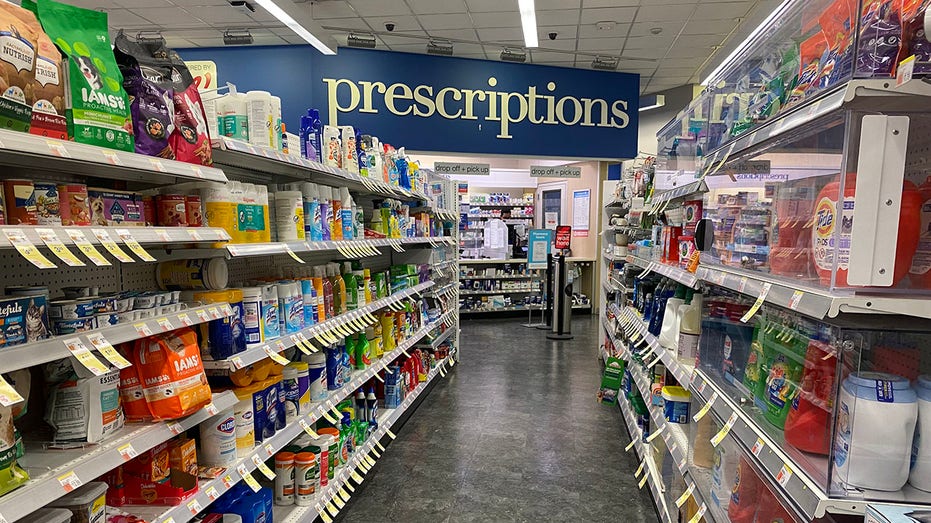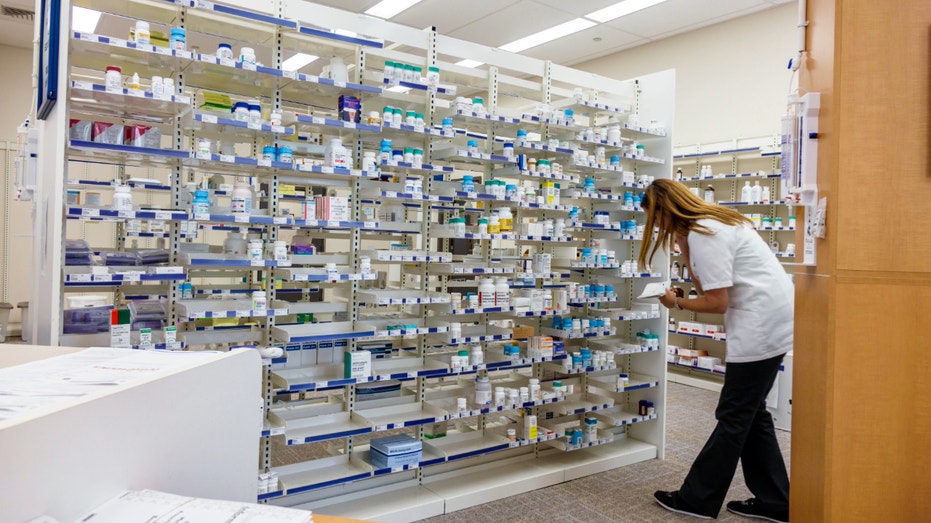Prescription drug prices have surged almost 40% over the past decade
Rising prescription drug costs are a 'significant burden' to Americans
Weight-loss drugs are bringing us more patients: Medtronic CEO
Medtronic Chairman and CEO Geoffrey Martha says robotics are driving growth on 'The Claman Countdown.'
The cost of prescription drugs in the U.S. has surged nearly 40% over the past decade, easily outstripping the pace of inflation, according to a new study.
Findings published by GoodRx, a drug savings company, show that the list price for prescription drugs has climbed about 37% since 2014. Although price increases have slowed this year, costs continue to pose a "significant burden" to many consumers.
In 2024 alone, Americans have spent $21 billion on out-of-pocket prescriptions. That amounts to about $16.26 per person, according to the data.
"For most Americans, the difficulty with affordable medications isn’t over the ones that cost thousands of dollars," said Tori Marsh, director of GoodRx research. "It’s about affording routine drugs for chronic conditions, and finding that their insurance doesn’t cover what it used to."
WEALTHY AMERICANS ARE ANXIOUS ABOUT MAKING ENDS MEET

A merchandise aisle and a prescription sign at a Walgreens store in New York City. (Lindsey Nicholson/UCG/Universal Images Group via Getty Images / Getty Images)
Although health care is often covered by insurance, more of the cost burden is being shifted to consumers as prescription insurance coverage gets more complex and restrictive. These restrictions are what GoodRx dubbed the "big pinch" – insurance plans, both Medicare and commercial, are covering fewer medications and adding more restrictions on coverage.
About 54% of medications are covered by insurance, based on Medicare plans. Half of medications that are covered by Medicare have an insurance restriction, like step therapy or prior authorization. And at least one-quarter of Americans have a prescription that is not covered by insurance.
On top of that, the average deductible has nearly doubled over the past decade from $917 to $1,644.
SMALL BUSINESSES FACE NEW THREAT: BALLOONING RENTS
"Despite various efforts by policymakers and pharmaceutical manufacturers to combat rising drug prices, the cost of medications remains a significant burden for many Americans," Marsh said. "Legislative attempts to cap insulin prices and manufacturer programs to provide discounts on expensive therapies have not led to a substantial decrease in overall drug costs."

An image of medication at a Walgreens pharmacy. (Jeffrey Greenberg/Universal Images Group via Getty Images / Getty Images)
The spike in prescription drug prices comes as Americans continue to grapple with the highest interest rates in two decades and chronically high inflation that has made the cost of everyday necessities like groceries, rent and gasoline far more expensive.
While inflation has fallen considerably from a peak of 9.1% notched during June 2022, it remains above the Federal Reserve's 2% goal. And when compared with a decade ago, prices are up 32%.
CLICK HERE TO READ MORE ON FOX BUSINESS
Many families have yet to see material relief. Grocery prices are up more than 21% from the start of 2021, and shelter costs are up 18.37%, according to FOX Business calculations. Energy prices, meanwhile, are up 38.4.%.
Price hikes are particularly devastating for lower-income Americans because they tend to spend more of their already stretched paychecks on necessities and, therefore, have less flexibility to save money.

